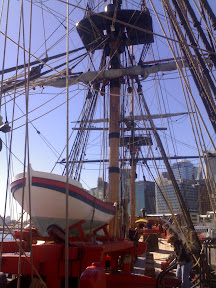A good article on Geotagging via camera area networking ...
except they left out solutions from Red Hen Systems.
NEW YORK (AP) -- To plan an upcoming hike in the Alps, John Higham scoured scores of photos plotted along his route on a digital map for clues to the steepness of trails and the availability of accommodations or camp sites.
These images were just like all the other vacation photos shared by travelers and amateur photographers, except they'd been tagged with location information in an emerging practice known as ''geotagging.''
Armed with such data, Higham didn't have to search endless combinations of keywords and guess how photographers would describe images in captions. By zooming in on the map, he could easily find geotagged photos along the Via Alpina and gain a fresh perspective.




